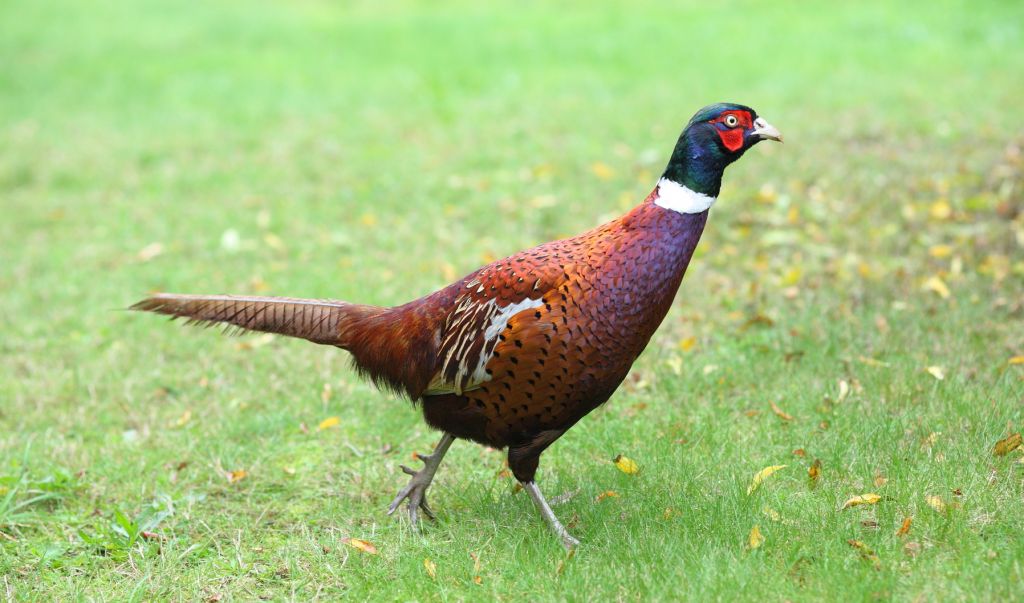
The pheasant also belongs to the family Phasianidae. The history of the pheasant suggests that it originated from one of several wild jungle fowl of southeast Asia at least five thousand years ago, if not more. The greatest variety is located in Asia, but there are several native species in Europe as well as in Africa. The pheasant in North America were imported as sport gamebirds. North America has no native pheasant. The pheasant does not roam very much and prefers to keep itself in a specific territory. The bird will forage on the ground, but at night will try to sleep in trees or in some other specific cover. The pheasant male is very polygamous and will mate with as many females as he can find.Hedoes not help in the rearing of the babies and actually serves no function other than breeding and calling out when danger is near. The male has a much different color pattern than the female. He is colorful and bright-feathered; she is dull in color. The pheasant builds her nest on the ground and needs to blend in to the surrounding area in order to elude predators that might kill her or rob her nest. The pheasant is a strong flyer, but does have to run before taking off on most occasions. It has a long neck, very strong legs and feet, and a powerful beak that is hooked at the end. There are several species of pheasant in the world, with the most numerous being the domesticated chicken.
Pheasant Facts
Classification:
Kingdom: Animalia
Phylum: Chordata
Subphylum: Vertebrata
Class: Aves
Subclass: Neornithes
Order: Galliformes (chicken, turkey, and pheasant)
Suborder: Galli
Families:Phasianinae
Geographical location: all continents except
Antarctica
Habitat: The original habitat was
the warm region of Asia and now they have spread
worldwide
Gestational period: Eighteen to thirty-two days, depending
on the species
Life span: about four years
Special anatomy: Males are very colorful; females tend to be
dull and drab-colored
Other popular Animals
Photo Gallery of - Pheasant
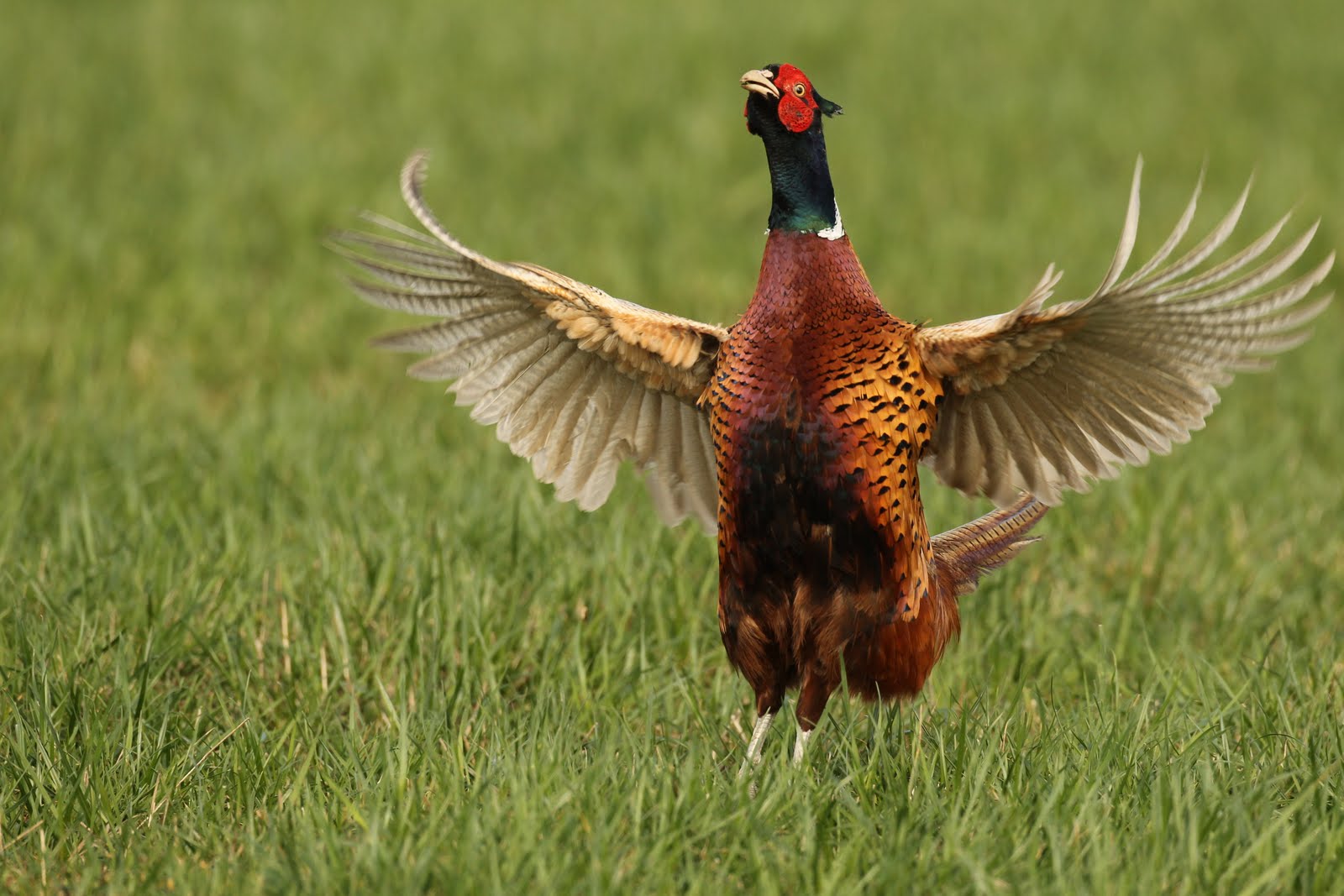
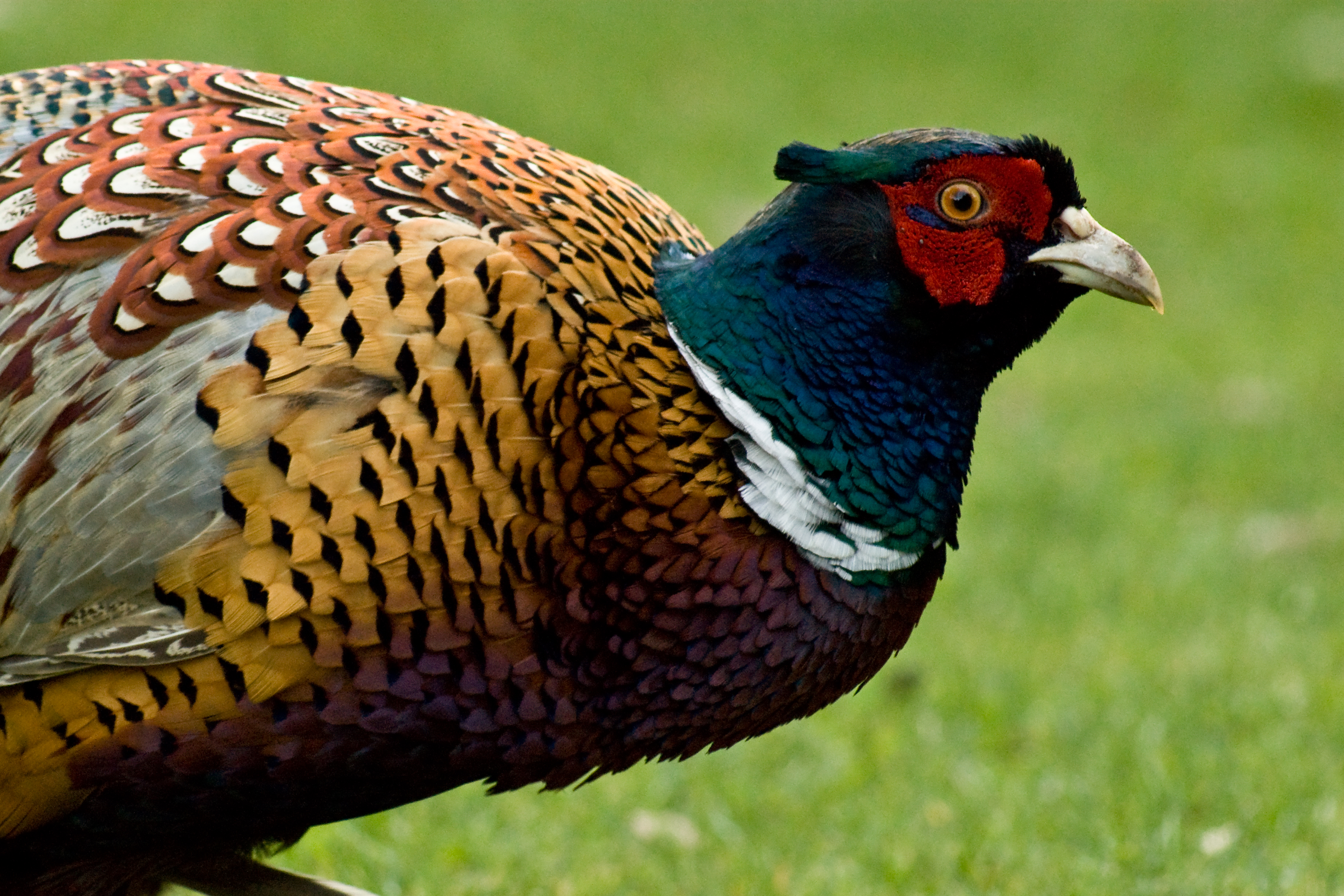
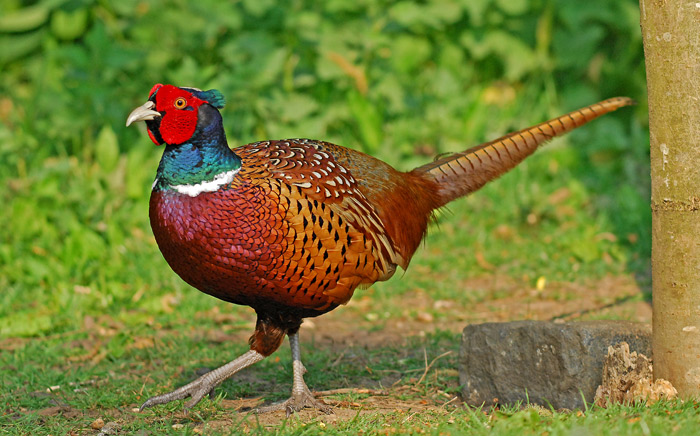


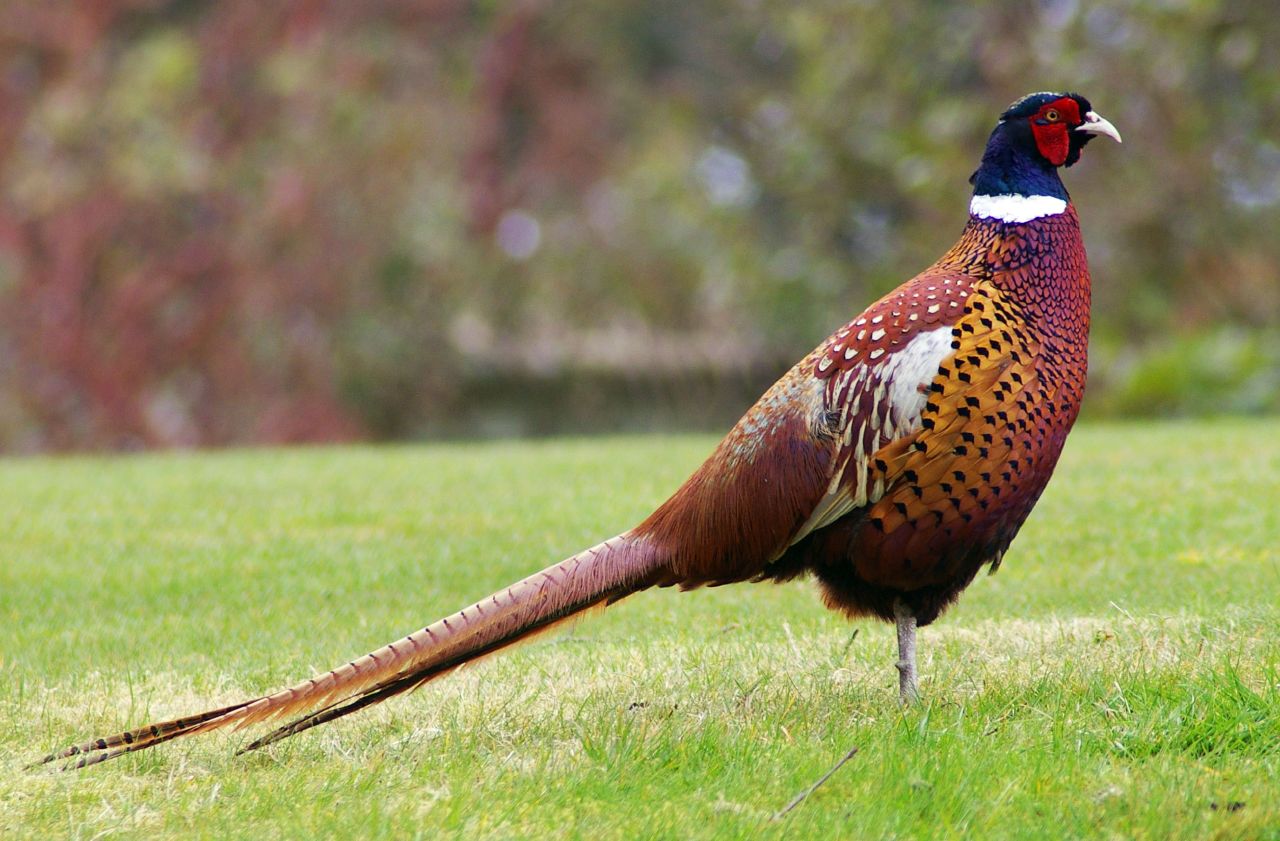
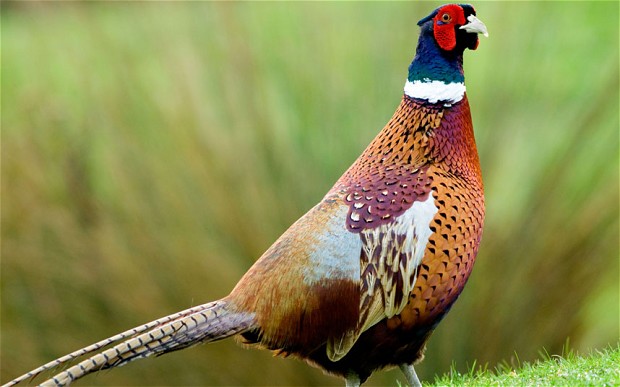

 Animalia Life
Animalia Life